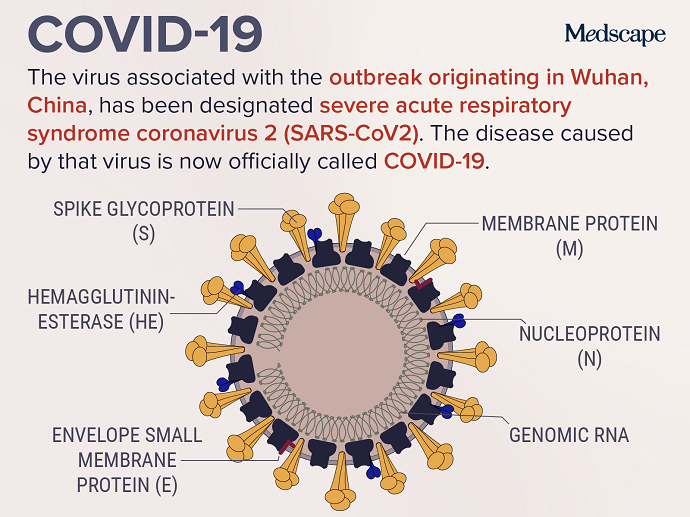Focus: GS-III Science and Technology
Why in news?
On February 26, for the first time since the COVID-19 outbreak began in China on December 8, the number of novel coronavirus (SARS-CoV-2) cases reported in a single day was more outside mainland China than within the country.

All about the Spread of Corona Virus
- Coronaviruses are a large family of viruses, including some that cause the common cold to some that cause major diseases such as the Severe Acute Respiratory Syndrome (SARS) and the Middle East Respiratory Syndrome (MERS).
- The coronavirus outbreak came to light when on December 31, 2019, China informed the World Health Organisation of a cluster of cases of pneumonia of an unknown cause in Wuhan City in Hubei province.
- On January 9, 2020, WHO issued a statement saying Chinese researchers have made “preliminary determination” of the virus as a novel coronavirus.
- The novel coronavirus has acquired the ability to spread among humans, with cases of human-to-human transmissions being reported first in Vietnam and Germany.
- Coronavirus symptoms can include fever, cough and shortness of breath.
- The illness also causes lung lesions and pneumonia.
- Milder cases may resemble the flu or a bad cold, making detection difficult.
- Chinese researchers have shared the whole genome sequence of the novel coronavirus, however apart from some basic details, not much is known about the virus in terms of its source, precise duration of incubation, severity, and what makes it quite easily transmissible.
Besides mainland China, how many countries have reported at least one confirmed case?
- As on February 27, 3,346 confirmed cases have been reported from 49 countries.
- Only five countries — Thailand, India, Sri Lanka, Nepal Taiwan — in the WHO South-East Asia region have reported SARS-CoV-2 infections.
- In the Americas, cases have been reported from only Canada, the U.S. and Brazil.
- South Korea has the most number of confirmed novel coronavirus infections — 1,766 (and 13 deaths) outside mainland China.
- Italy (528), Iran (245) and Japan (189) are the other countries with most number of cases.
Why is it not a Pandemic yet?
- In a press briefing on February 26, WHO Director-General Tedros Adhanom Ghebreyesus made it abundantly clear that WHO will not declare COVID-19 a pandemic at this moment.
- It is better to NOT declare a pandemic without a careful and clear-minded analysis of the facts. Using the word pandemic carelessly has no tangible benefit, but it does have significant risk in terms of amplifying unnecessary and unjustified fear and stigma, and paralyzing systems.
- Of course, there should not be any hesitation to use the word pandemic if it is an accurate description of the situation.
When was the last time a pandemic was declared?
- A pandemic is defined as the worldwide spread of a new disease.
- The last pandemic reported was the 2009 H1N1 flu pandemic, which killed hundreds of thousands globally.
- Unless it is influenza, WHO generally avoids declaring diseases as pandemics.
- This change came about after the lessons learned from the 2009 H1N1 experience.
- According to 2017 pandemic influenza risk management guidelines, the WHO uses pandemic influenza phases — interpandemic, alert, pandemic and transition — to “reflect its risk assessment of the global situation regarding each influenza virus with pandemic potential infecting humans”.
Way Forward: What steps should countries take to stop the virus from spreading?
- The priority should be to detect cases early and isolate people who test positive for the virus.
- Once a case is detected, the focus should be to trace the contacts and treat them if already infected.
- Since the molecular test is not highly sensitive and can return false negatives, people who have returned to India or have come in contact with people who have tested positive should be made aware to seek immediate medical care once symptoms show up.
- Though the average incubation period is five-seven days, a few have shown up symptoms at the end of 24 days.
- Efforts should also be focussed on preventing outbreaks in hospitals and spread in the community.
- One way to stop the spread in the community is to avoid mass gathering in enclosed spaces.
- The Ministry of Health has advised people to avoid all non-essential travel to countries where community spread of the virus is reported, particularly Singapore, South Korea, Iran and Italy.
- According to February 13 release, the Health Ministry has been following up passengers travelling from China, Singapore, Thailand, South Korea and Japan for a period of 28 days.




